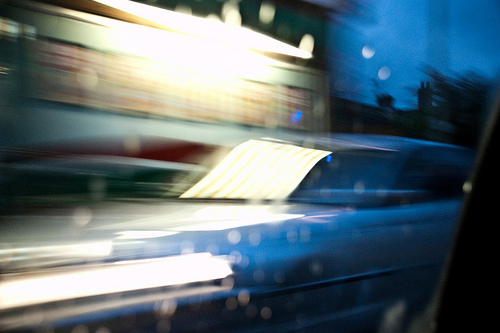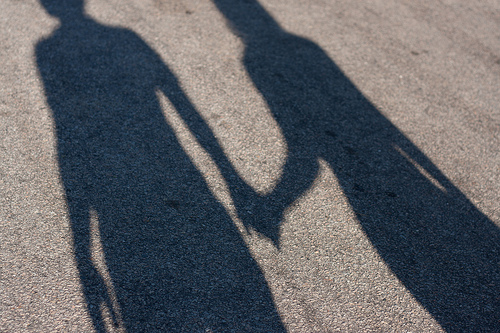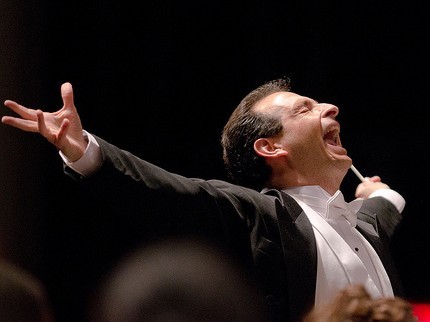Another Look at Combined Camera Shots in Novels
This week we’re going to continue looking at combined camera shots in novel excerpts. Not every scene in every novel is going to have a huge selection of shots. Some scenes are almost all dialog and may start with just an opening Establishing Shot and the rest of the scene all as a Two Shot, and that’s fine. Sometimes. The whole idea here of mastering cinematic technique in your novel writing is to know you have a choice, and have lots of shots to choose from.
Think about places in your novel where you need to move the camera around a lot. Find other novels by authors you admire and see which shots they use and especially for the high moment and ending of the scene. Most scenes tend to end without a shift in focus, but a great scene with a twist will almost always utilize a specific camera angle for effect.
Quick Action, Succinct Shots
In James Patterson’s novel Kill Me If You Can, an art student finds a bag of diamonds during an attack at New York’s Grand Central Station. Matthew Bannon recounts that night (and note the camera shots in the brackets):
When the post-rush hour lull at Grand Central is shattered by gunshots and followed by two loud explosions, only one thing comes to mind.
Terrorist Attack.
In an instant, the collective paranoia was justified. Mass panic ensued.
The screams echoed off the walls of the marble cavern. The first thing I saw was that nobody ducked for cover. Everybody ran—with visions of the crumbling towers replaying in their heads, I’m sure. [Long Shot, maybe a PAN seeing people running]
And then I couldn’t see a thing. Red smoke filled the building . . .
I ran like the rest of them.
And then I saw it in the smoky haze.
A trail of blood. [Angle On]
Instinctively I followed it. And then I saw him. [Follows, Finds]
He was a big bear of a man, slumped against a bank of lockers in a pool of his own blood—from a gaping wound in his neck. [Full Shot]
In all the madness, nobody was paying any attention to him. I knelt at his side. [Two Shot]
My knee hit something hard. A gun. [Insert, in his mind]
“Get doctor. Stop blood.” He gurgled out the words in a thick Russian accent. [Close-up]
But there was no time for a doctor. No time for anything.
Before I could say a word, his eyes rolled back in his head and he exhaled a strained breath. He was dead. [Extreme Close-Up]
His dark blue suit and the floor around him glistened with blood. [Pull Back] It coated the door of the bottom locker closest to him. As I looked up, I saw a wide swath of red where he had leaned against the upper locker and slid to the ground. [PAN]
Locker #925 was covered in bloody handprints. [Angle On or Finds]
And it was open.
Wide open. [Close-up]
Patterson leaves the reader hanging wondering just what is in that locker (although the inside jacket flaps tells what’s in there). Still, the scene moves at a fast past with the succinct writing and lots of perfect camera angles. Patterson only includes the details we need to see to keep the tension up and the action moving. He could have added more description of the station, the people around Bannon, the smells and sounds, but Patterson writes with a sparse commercial style. The scene would still be dynamic and powerful with more added.
What makes it work, though, is his choice of camera angles. He doesn’t just “tell” what happens; he shows very specifically, making the reader see what he wants him to see. He follows his character, and the reader follows Bannon’s gaze as he takes in the pandemonium around him, spots the blood trail, finds the dying man, then—to punch in the high moment of the scene—rivets his attention on one particular wide-open locker, which no doubt gives a glimpse of what’s inside. Well done indeed.
Combining Shots for Nuance
In Don DeLillo’s novel Falling Man (2007), we are thrust into the story just after the first NY Trade Tower has crumpled to the ground. In a wonderfully creative and potent narrative, DeLillo uses a variety of camera shots to evoke the chaos both within and without.
It was not a street anymore but a world, a time and space of falling ash and near night. [Establishing Shot] He was walking north through rubble and much and there were people running past holding towels to their faces or jackets over their heads. They had handkerchiefs pressed to their mouths. They had shoes in their hands, a woman with a shoe in each hand, running past him. They ran and fell, some of them, confused and ungainly, with debris coming down around them, and there were people taking shelter under cars. [PAN from his POV]
The roar was still in the air, the buckling rumble of the fall. This was the world now. Smoke and ash came rolling down streets and turning corners, busting around corners, seismic tides of smoke, with office paper flashing past, standard sheets with cutting edge, skimming whipping past, otherworldly things in the morning pall. [Continued PAN]
He wore a suit and carried a briefcase. There was glass in his hair and face, marbled bolls of blood and light. [Full Shot but out of his POV] He walked past a Breakfast Special sign and they went running by, city cops and security guards running, hands pressed down on gun butts to keep the weapons steady.
[Montage of shots] Things inside were distant and still, where he was supposed to be. It happened everywhere around him, a car half buried in debris, windows smashed and noises coming out, radio voices scratching at the wreckage. He saw people shedding water as they ran, clothes and bodies drenched from sprinkler systems. There were shoes discarded in the street, handbags and laptops, a man seated on the sidewalk coughing up blood. Paper cups went bouncing oddly by.
The world was this as well, figures in windows a thousand feet up, dropping into free space, and the stink of fuel fire, and the steady rip of sirens in the air. The noise lay everywhere they ran, stratified sound collecting around them, and he walked away from it and into it at the same time.
There was something else then, outside all this, not belonging to this, aloft. He watched it coming down. A shirt came down out of the high smoke, a shirt lifted and drifting in the scant light and then falling again, down toward the river. [Angle On]
DeLillo does a magnificent job of narrative with the overlapping and repeating words, giving the sense of muddled confusion for his character. And the way the camera PANS and catches on random visuals (as well as other sensory things like sounds) heightens the horror of this moment. Much of the narrative is with a POV shot—without emotion or commentary. And we get only a quick Full Shot of his character emphasizing only the bits of blood in his hair. By having this man’s eyes catch on the drifting shirt—lingering longer on this image than the others—DeLillo gives the sense of time slowing.
The reader can imagine stopping and gazing, shocked by the mayhem around him, and absently glued to this piece of cloth as it slowly floats to earth. This, in contrast to what he noted a few sentences earlier about those who were falling from the top floors of the tower—again detached emotionally. Why does he do this—remove the emotion from the equation? Writers are told to have their characters react. But his unnamed character (who could be any man anywhere), is too stunned to react at all. The Angle On the shirt emphasizes its symbolism as it’s brought to the forefront of all these colliding images. Why is this one thing—out of all the debris falling around him—not belonging? What does it say about this character? We are not told, but we get a sense of significance by the attention put on it.
This week, continue looking at movie scenes and scenes in novels and see if you can identify the shots being used. See if you can find a scene or two in which the very last lines require a special shot or shift in focus to highlight an object or a surprise or twist in the story. Share in the comments any observations you made.











